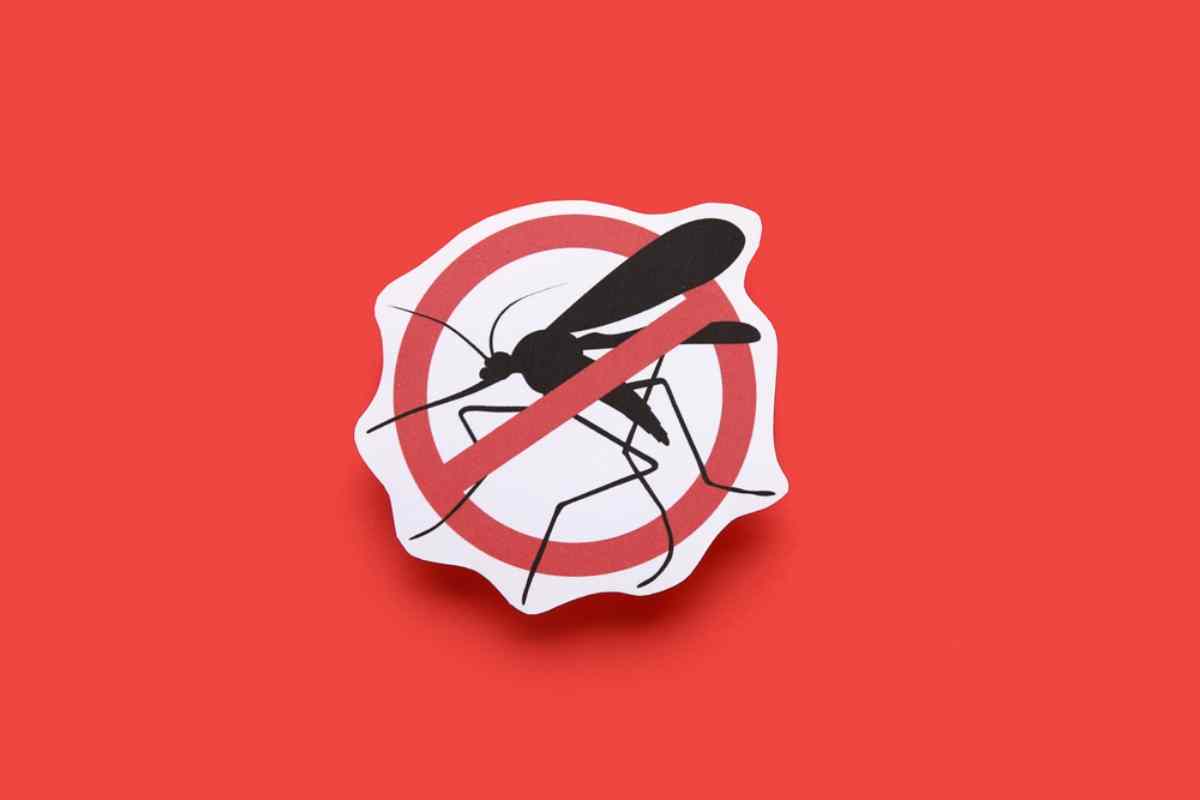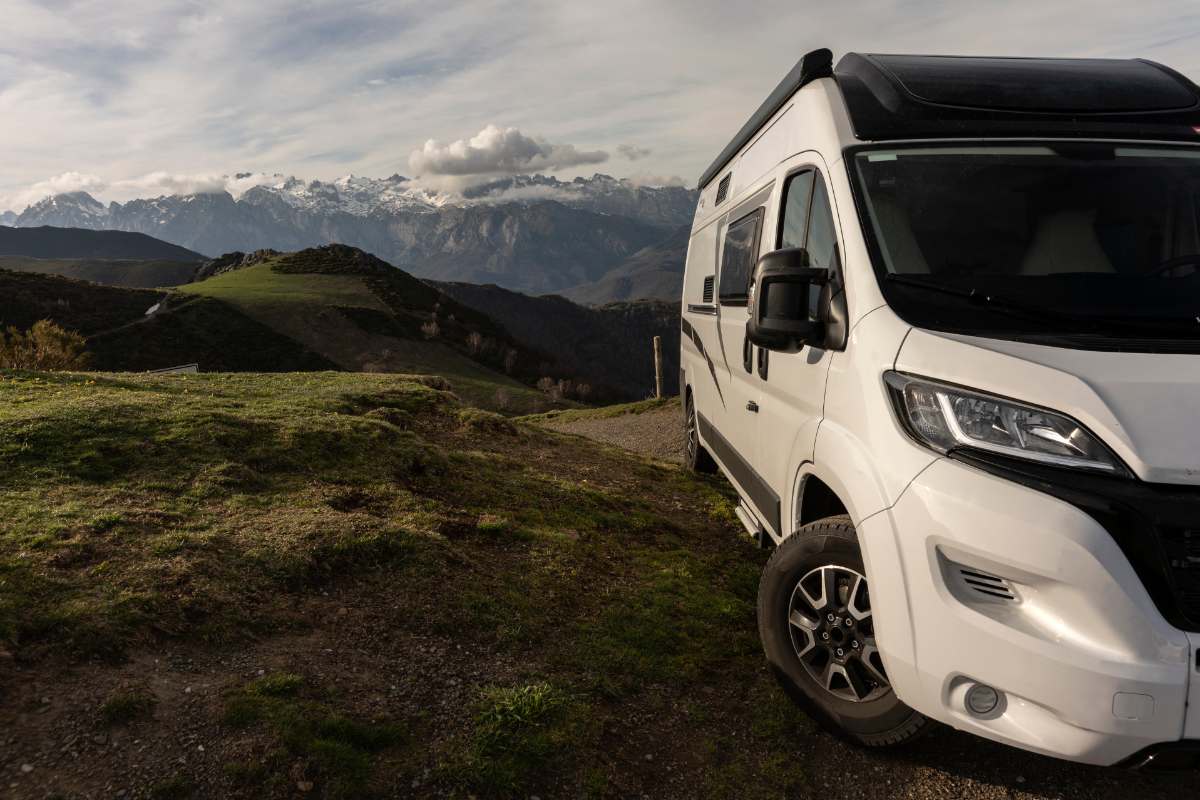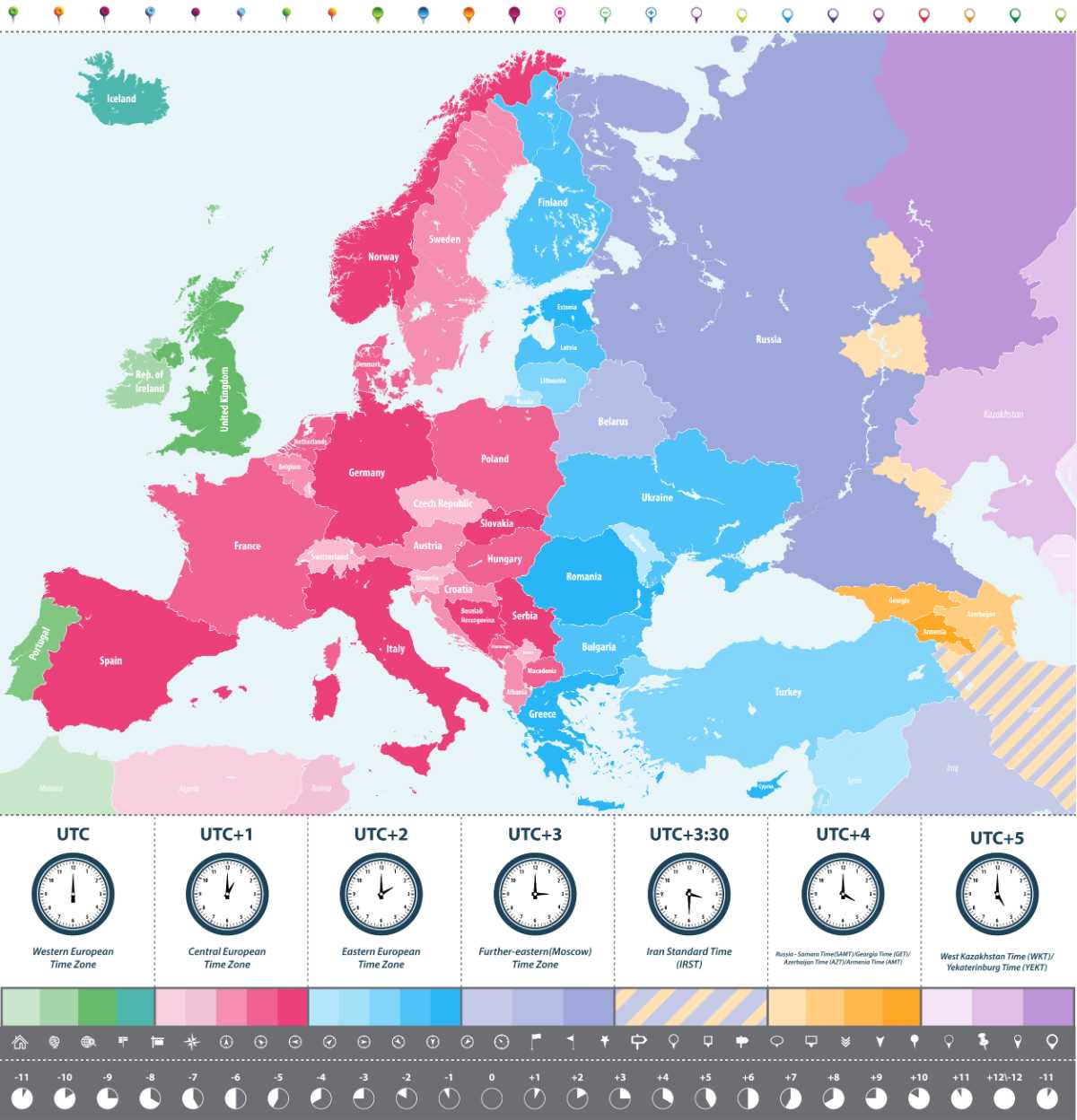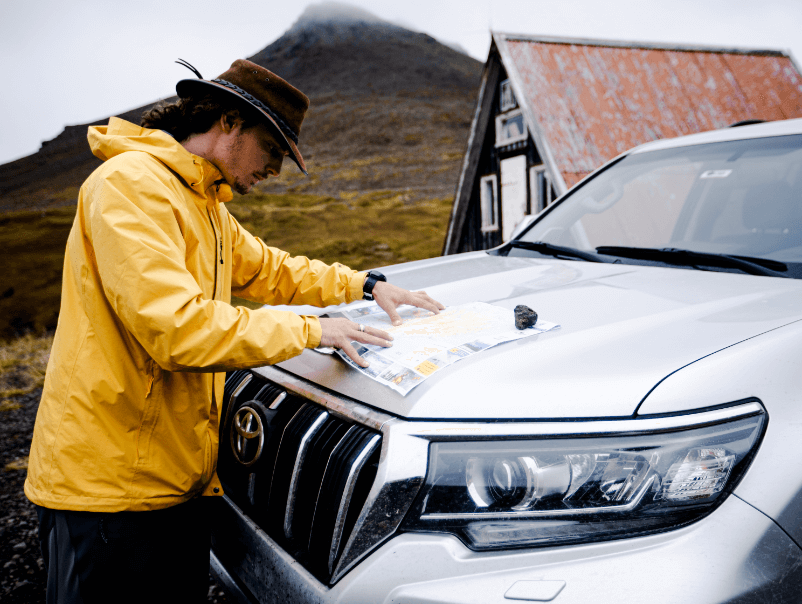One of the biggest questions many visitors have when renting a vehicle is, “How much are gas prices in Iceland?” Depending on where you live, you may find Icelandic gas prices in line with what you pay at home, or you may find them significantly higher. Fuel prices can be a big part of your travel budget, so knowing what to expect will guarantee you’re prepared for your journey.
In this guide, we’ll break down the current gas prices in Iceland, explain why fuel is so expensive, and give you tips on how to save money on your trip. Whether you're driving the Ring Road or exploring the highlands, knowing the cost of gas in Iceland will help you plan smarter!
How Much Does Gas Cost in Iceland?
Like most places, the cost of gas in Iceland will fluctuate, but understanding the current range can help you properly budget for your trip. The good news is that Iceland makes it easy to find the current gas price, depending on where you are, with the Bensin webpage. While prices can vary slightly, they have remained relatively stable in recent years.
Current Gas and Diesel Prices in Iceland (September 2025)
| Fuel Type | Price per Liter (ISK) | Price per Liter (USD) | Price per Gallon (USD) |
|---|---|---|---|
| Gasoline | 285 – 321 ISK | $2.31 – $2.60 | $8.74 – $9.84 |
| Diesel | 298 – 330 ISK | $2.42 – $2.68 | $9.16 – $10.14 |
Things to know about gas stations in Iceland
Credit Card use and the "deposit" hold
Most gas stations in Iceland, especially outside of major towns, are self-service and unmanned. To use them, you will almost always need a credit or debit card with a 4-digit PIN. Many cards from the US or other countries are now chip-and-PIN, but it's essential to confirm with your bank before you travel. If you don't have one, you can always use a prepaid gas card, available at most gas stations in Iceland.
The most important thing to be aware of is the pre-authorization or deposit hold. When you insert your card and choose the "Fill Up" option, the pump's payment terminal will place a temporary hold on your card for a large amount (e.g., 20,000 ISK or more). This is to ensure you have sufficient funds.
This is not the final charge. After you finish pumping, the hold is released, and your card is charged only for the actual amount of fuel you took. However, this process can take a few minutes or, in some cases, several days, depending on your bank's policies. To avoid this hold, you can choose a fixed amount of fuel (e.g., 5,000 ISK) instead of "Fill Up."
Gas vs. Diesel: Pay Attention to the Colors!
This is a common and costly mistake for tourists. The color coding for fuel pumps in Iceland is often the opposite of what is standard in North America.
- Green handle typically means Gasoline (Bensín).
- Black or sometimes gray handle typically means Diesel (Dísel).
Always double-check the label on the pump and, more importantly, the fuel type specified on the inside of your rental car's gas cap. Putting the wrong fuel in your car can cause severe engine damage that is not covered by insurance.

The Reality of Distances
While the Ring Road (Route 1) circles the entire island, gas stations are not evenly spaced. In and around major cities like Reykjavík and Akureyri, you'll find plenty of stations. However, when you venture into more remote areas like the Westfjords, the Highlands, or parts of the eastern and northern Ring Road, gas stations can be few and far between.
Why Are Gas Prices in Iceland So Expensive?
How expensive is gas in Iceland? The answer to this question depends on what you are used to, but it is one of the most expensive places in the world for fuel. The cost of gas in Iceland is due to numerous factors.
Location Is a Leading Factor
Iceland is an isolated island nation on the edge of the Arctic Circle. For this reason, fuel, in addition to many other items, needs to be imported, which increases the cost. Importing fuel adds extra costs like transportation, import taxes, and complicated logistics, which all add onto the total cost for consumers.
Taxes on Fuel Are High
About 53% of the cost of fuel is attributed to various taxes charged by the government. The following breakdown showcases the added taxes on top of the gas price in Iceland:
- Value Added Tax (VAT): 19%
- Special Excise Duty: 17%
- Excise Duty: 11%
- Carbon Tax: 6%
These taxes are responsible for most of the increases in fuel prices over the past five years. The remaining 47% accounts for the world market price of fuel and the retailer’s surcharge.

Inflation and the Economy Keep Prices Higher
Economic factors play a significant role in gas prices in Iceland. Rising prices are one of the biggest driving factors in increased fuel prices. Other economic elements that affect prices include:
- Currency Exchange Rates: The Icelandic Krona often fluctuates against foreign currencies, which plays a role in how much you can expect to spend on gas.
- Global Oil Prices: Fuel costs are always impacted by the global oil prices, which can change based on events or supply and demand factors.
- Retailer Markup: Like any other store, gas stations make their profits with markup on the products they sell.
- Environmental Policies: As environmental policies are implemented to help slow down global warming and preserve the environment, gas prices can rise.
- Limited Competition: All suppliers in Iceland get their fuel from the same distributor, eliminating competitive pricing.
Where Can I Find the Cheapest Gas Prices in Iceland?
Now that we’ve answered the question, “How much is petrol in Iceland?” the next biggest question is where to find the cheapest gas prices. While you may sometimes need to fill up without enough time to search for the cheapest gas, knowing where to go ahead of time can help you keep your fuel costs low.
Cheapest Gas Stations in Reykjavík and the Surrounding Area
In general, the cheapest place to fill up your vehicle in the Reykjavík area is at the Costco gas station. However, you must have a Costco membership. Beyond the lower price at Costco, you will find Orkan has a slightly lower price than the other major brands, but you can generally find similar prices under all brands. Keep in mind that unmanned gas stations are generally cheaper overall than stations with a store.

The Cost of Gas Outside of Reykjavík
When you plan to drive the Ring Road or to other parts of the country, it’s beneficial to know how to find the cheapest gas for your journey. In general, the more traveled parts of Iceland, such as the west, south, and north, have lower prices than more remote areas like the east and the Westfjords. Akureyri, Selfoss, and Borgarnes are some of the best places to fill up.
Be sure to check the Bensin webpage before filling up to ensure you’re getting the best deal, but don’t wait too long to fill up.
How to Estimate the Fuel Cost for Your Road Trip
Every vehicle has its own fuel efficiency, which must be taken into account to calculate your estimated fuel costs in Iceland. The average rental vehicle uses about 8 liters per 100 kilometers, but the actual fuel efficiency will vary based on your driving habits, the route you drive, the weather, the wind, and the exact vehicle you rent. If you already know what vehicle you have rented, look up the fuel efficiency online.
To calculate your estimated fuel cost for your trip, add the total kilometers for the route you have planned. Take that number and divide it by 100. Then, multiply that number by 8. This will tell you how many liters you can expect to use. You can then multiply the total liters by the current cost of fuel to get an estimate.
In general, driving the Ring Road is about 1,322 kilometers. With the cost of fuel around $2.50 per liter, you would spend around $264 to drive this route. The Golden Circle is about 300 km, with an estimated fuel cost of about $60. You may not get an exact cost, but you will have a good estimate.
| Route | Distance (km) | Approx. Cost (USD) |
|---|---|---|
| Ring Road | 1,322 km | $260 – $300 |
| Golden Circle | 300 km | $55 – $65 |
| Reykjavík → Vík | 186 km | $35 – $40 |
How to Save Money on Fuel
Maximizing your fuel efficiency can also help you reduce the cost of fueling your vehicle throughout your trip. The following tips will ensure you don’t spend more than necessary on gas or diesel.
Consider a Fuel-Efficient Campervan
Many campervans have similar fuel efficiency to other rental vehicles, giving you the added advantage of rolling your accommodations and transportation into one. While you still need to pay for campgrounds, these campsites are considerably cheaper than hotels and guesthouses along your route. You also get the added advantage of more flexibility in your plans.
Driver Smarter, Not Further
Many visitors make the mistake of basing themselves in one or two locations while attempting to see as much as possible. With the limited roads in Iceland, many of which go around the exterior, staying in just one or two places means driving the same route repeatedly, putting more kilometers on the vehicle and burning through more fuel. Careful planning and staying in a new location every night or two will avoid this issue.
Don’t Waste Gas
Bad driving habits are the biggest culprit in wasting unnecessary fuel. Maintain consistent speeds and don’t speed up too quickly. Use your cruise control as much as possible to minimize fuel consumption. Packing lighter can also translate to fuel savings in the long run.

Consider How Seasons Affect Fuel Usage
Summer driving tends to be more fuel-efficient than driving in the winter. In summer, roads are clear, allowing you to maintain a consistent speed. A winter trip means more winter storms with high winds, snow, ice, and more, significantly impacting how you drive and thus, your fuel efficiency. Spring and autumn can sometimes have issues as well.
As always, check the road conditions and weather before hitting the road. Avoiding bad weather on the road can help you keep your fuel costs under control.
Check Gas Prices Online
While you may find you need fuel as soon as possible, it’s always best to check the Bensin webpage before filling up to help you find the lowest gas prices in your area. This website covers most gas stations throughout the country and is an invaluable resource to use on your journey. Check for those unmanned gas stations too, as these tend to have a lower rate compared to standard stations.
Other Resources to Help Along the Way
Planning your road trip is about more than just the gas prices in Iceland. In addition to using the above resources to help you budget for your fuel needs, there are other resources that can serve you well as you plan and execute your trip.
Drive the Ring Road for the Ultimate Adventure
If you have 10-14 days, driving the entire Ring Road is a rewarding experience. You’ll see different scenery around every turn and explore areas that not everyone gets to see. You can also find plenty of detours that will take you to areas many other tourists don’t experience. Here are a few things to consider to help you decide whether to drive the Ring Road:
- Summer is the best time due to longer daylight hours and better weather.
- You will spend at least 30 hours driving, not including detours.
- Either direction works well. Some people have a preference, but overall, it doesn’t matter.
- You won’t need a 4x4 for the Ring Road. It’s only necessary if you want to drive the F-roads into the highlands.
- Accommodations should be booked in advance. Campgrounds don’t typically need reservations, however.
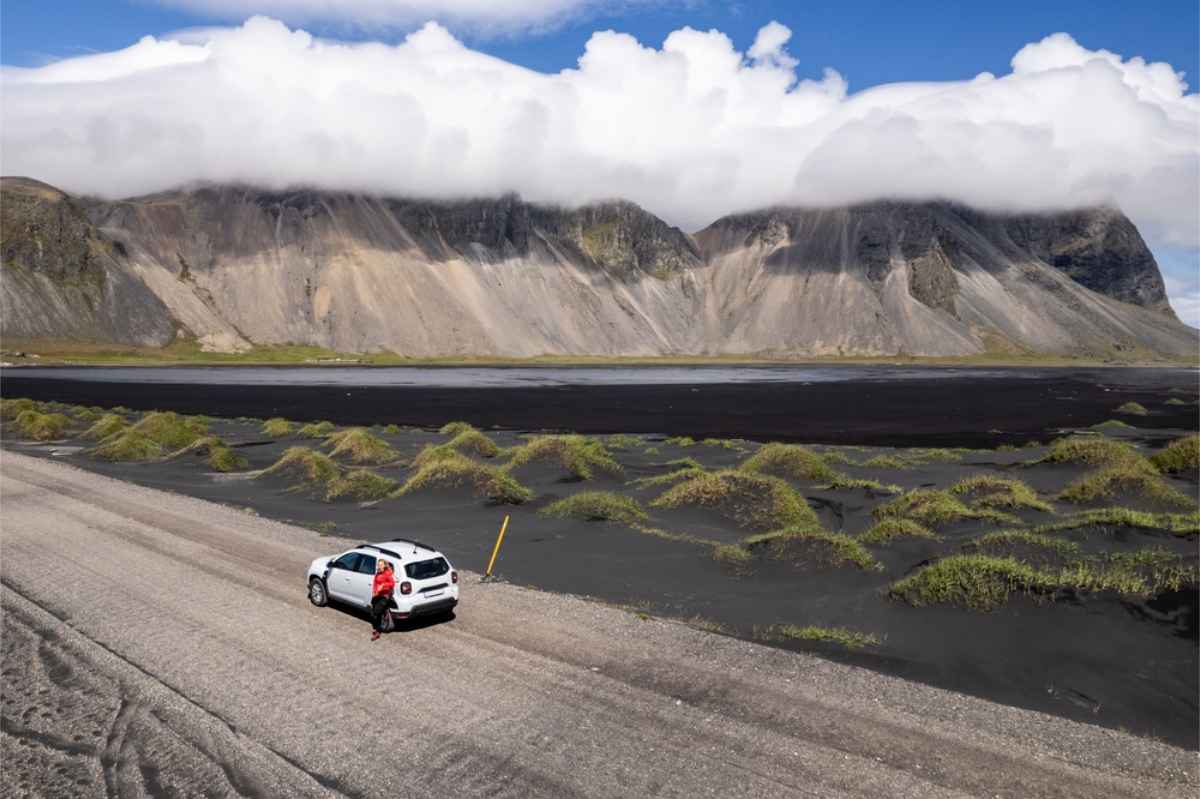
Know What Rental Insurance You Need for Your Campervan
Most campervan rentals include CDW (Collision Damage Waiver) and TPL (third-party liability) insurance. CDW typically covers basic damage and can limit how much you owe. However, it doesn’t cover everything. TPL covers damage caused to other vehicles or property. Other types of insurance you should seriously consider adding include the following:
- Super CDW: You can upgrade from basic CDW to Super CDW to increase coverage and reduce any deductible you may need to pay.
- Gravel Protection: Not all gravel roads are F-roads, and you may find yourself driving a few along your route. Gravel protection insurance covers damage caused by driving on these roads.
- Sand and Ash Protection: Sand and ash protection may seem unnecessary, but there are some areas in Iceland where the sand easily blows around, potentially sand-blasting your vehicle.
Most insurance won’t cover undercarriage damage, river crossings, tires, windshield damage, or damage due to wind-blown doors. Check the exceptions carefully and consider adding any insurance that may cover these damages.
Driving Through Tunnels in Iceland
There are eleven tunnels along the Ring Road and in other parts of the country. The only one that requires a payment is the one just east of Akureyri. You can pay the fee online up to 24 hours before or after you go through the tunnel. All other tunnels in Iceland are free. While driving in these tunnels, keep your headlights on and reduce your speed as indicated.
While most tunnels accommodate two lanes of traffic (one each way), there are several one-lane tunnels. When driving through these tunnels, watch for the designated pull-offs. If these pull-offs are to your right, pull over and wait when you see an approaching car.

Frequently Asked Questions About Gas Prices in Iceland
Do you still have questions about the price of gas in Iceland? Below are some answers to the most frequently asked questions about how much you can expect to spend.
How Much Does Gas Cost in Iceland?
The cost of gas in Iceland ranges between 285 and 321 ISK per liter (roughly $2.31 to $2.60 per liter). Diesel costs between 298 and 330 ISK per liter ($2.42-$2.68 per liter). Be sure to check the Bensin website to find the lowest prices near your location.
How Much Can I Expect to Pay for a Full Tank in Iceland?
The cost of filling your tank in Iceland will vary greatly depending on the capacity of the vehicle you drive. Small cars generally have 40 to 55-liter tanks, while SUVs have 55 to 80-liter tanks. Campervans typically take 70 to 80 liters. With the average tank around 50 liters, you can expect to pay at least 14,250 ISK (about $115) for a full tank.
What Do They Call Petrol in Iceland?
In Icelandic, the pumps that dispense gas will be marked with the word “Bensín.” Diesel pumps are marked with “Dísel.” Keep in mind that gas usually has a green handle and diesel is black. This is the opposite of some other countries and can cause confusion.
What Methods Are Used to Pay For Petrol in Iceland?
In most cases, you can pay for your fuel using your credit or debit card at the pump. Keep in mind that many pumps require a four-digit PIN to use your card. However, this isn’t the only way to pay for fuel. If there is a store, you can pay inside with a debit card, a credit card, or cash. You can also purchase a gas card that you can refill as needed. These cards can be used at the pump.
Who Supplies Fuel to Iceland?
As mentioned earlier, there is one distributor that supplies all of Iceland’s fuel. This company is based in Norway and is the only source of fuel. Iceland has no refineries of its own.
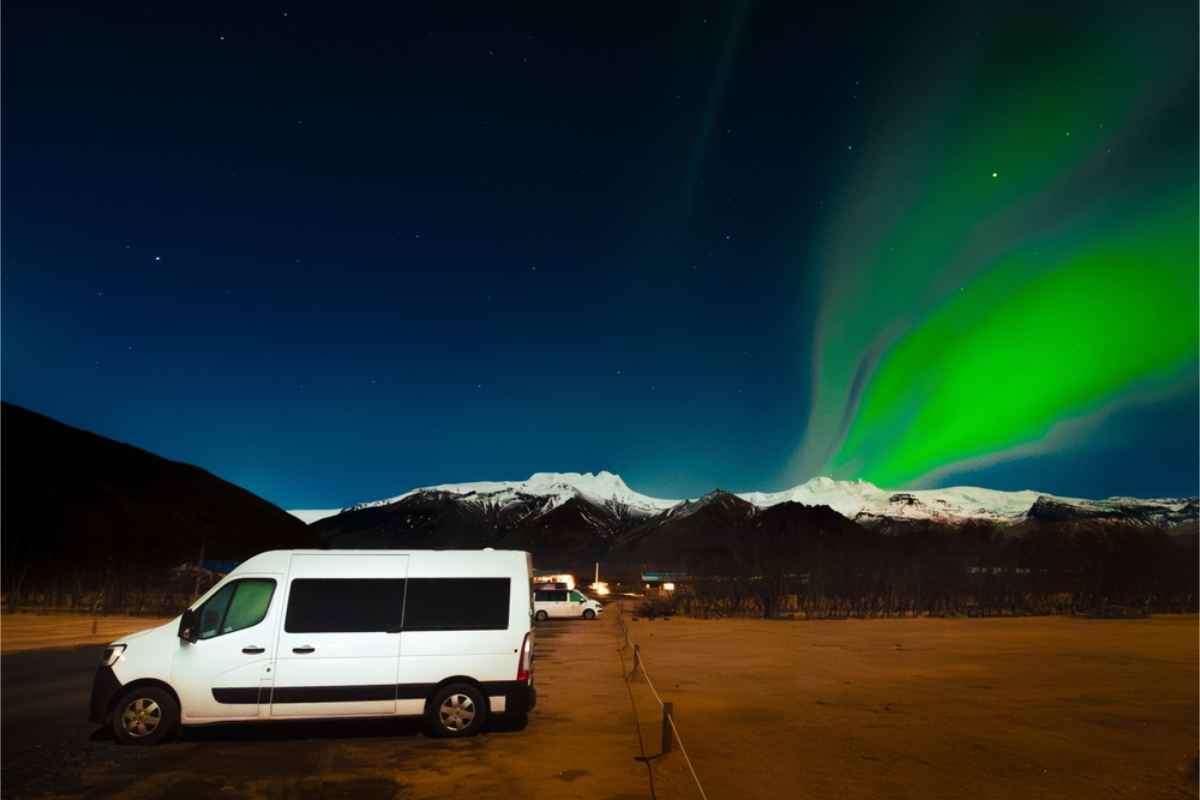
What Can You Expect from Gas Prices in Iceland? Final Thoughts to Keep Your Costs Under Control
For most visitors, the price of gas in Iceland is shocking. It can sometimes be two to three times more than tourists are used to in their home countries. However, knowing what the current prices are, how much you intend to drive, and what type of car you will rent can help you estimate your costs and have a clear picture of what you will spend during your trip.
Renting a campervan in Iceland can be a great way to maximize your fuel efficiency by reducing the amount of back-and-forth driving you do during your trip. You can easily sightsee between campgrounds, covering more ground without unnecessary backtracking. By taking this approach, you can keep your costs low and ensure you have an enjoyable trip without overspending on fuel.


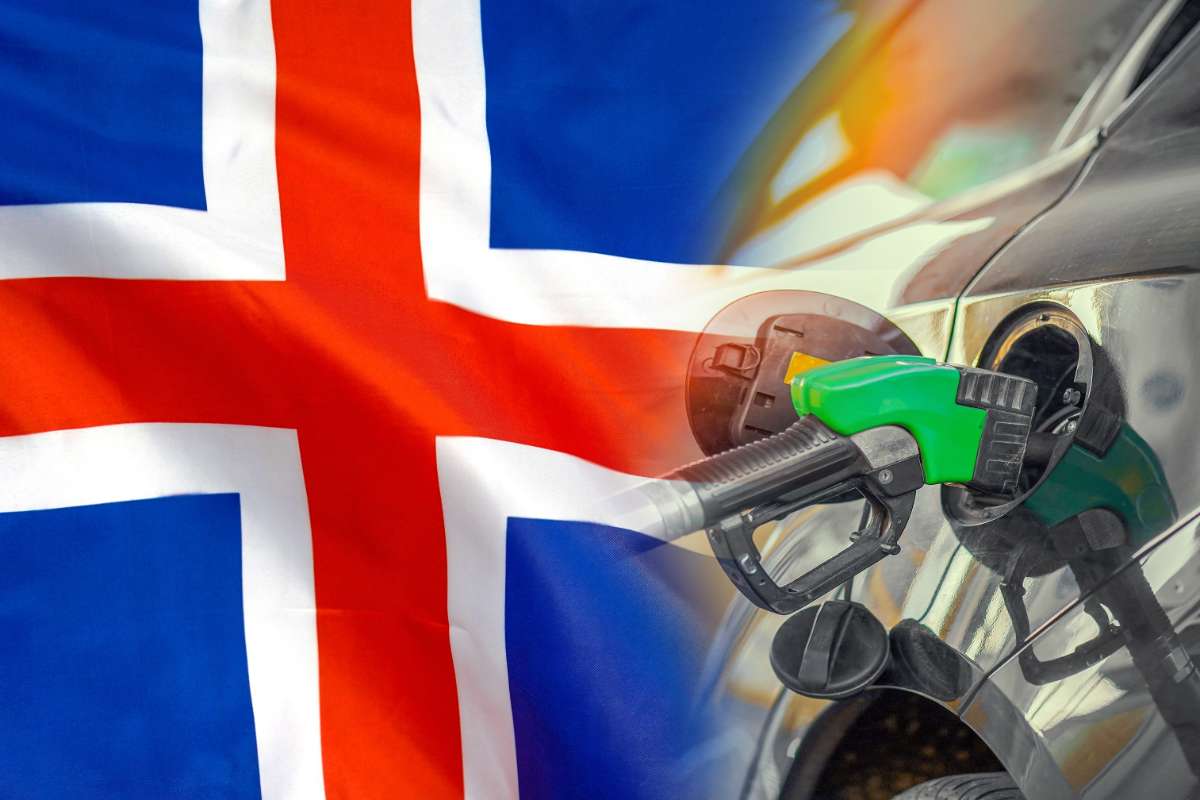
 By
By 
